ROCHESTER GIRL CHOSEN FROM THOUSANDS TO WIN SWIMMING AWARD.
Zoe Bartlett is making a splash after earning a top award to mark her outstanding achievement in the water.
The seven year old from Rochester, had a major fear of water but this has not stopped her learning to swim.
Now her courage and perseverance have paid off and she is riding on the crest of a wave after she was presented with a Southern Water Learn to Swim Achiever of the Year award.
The successful youngster was one of fifty winners from amongst the 35,000 children taking part across the region. The awards are given to children who have shown great courage in overcoming particular difficulties or for their exceptional performance.
Zoe’s swimming instructor at Strood Sports Centre, Maureen Welsh said: “Zoe was extremely frightened of the water and was terrified of getting her face wet. She would not join in with the rest of the class, but fortunately she never gave up. With great courage and perseverance she has now overcome her fears and can swim and go under water. She is a very worthy winner of the award.”
Zoe was treated to a visit by the Learn to Swim scheme mascot Ollie the Otter, who dropped in to help her celebrate her success.
Nigel Smetham, Southern Water’s Water Manager presented the youngster with a bag of goodies, which included a sports watch, at a special ceremony at Maidstone Leisure Centre.
Mr Smetham said: “This is a tremendous occasion for these children. They have proved themselves in many different ways and made enormous achievements on the Learn to Swim scheme.
To win these awards is extremely significant because the youngsters have been selected from 35,000 children who were taught on the scheme last year.
We are pleased to be able to contribute to the community by helping children learn a very valuable life skill, as well as enabling them to reach their fullest potential.”
The scheme, now in its tenth year, teaches children from 4-12 year-olds and is sponsored by Southern Water. It is run in consultation with the Amateur Swimming Association (ASA).
Diving Lessons Learn to Swim Swimming Lessons Teach Baby to Swim

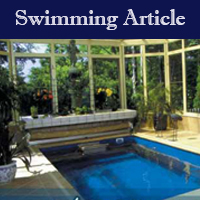
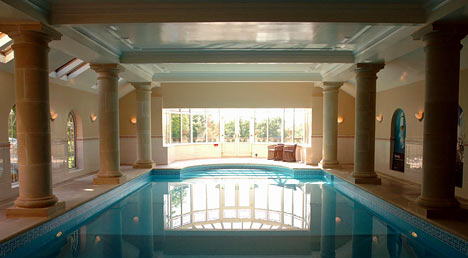

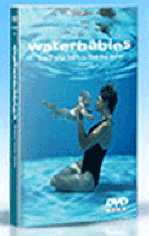

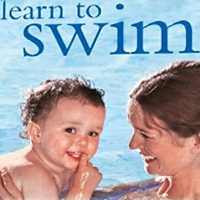
 Water makes us very afraid when we know how easily a baby could drown. Today we are going to tell you how to teach your baby to swim from when he is very small. They will start to have confidence in the water and you will feel much more secure and calm.
Water makes us very afraid when we know how easily a baby could drown. Today we are going to tell you how to teach your baby to swim from when he is very small. They will start to have confidence in the water and you will feel much more secure and calm.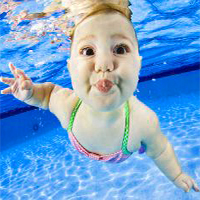 Forget the floats. If you bought them to make them feel safer in the water, the experts do not recommend them. Not only can it give them a false sense of security, but they will also adopt an incorrect way of staying afloat, as it makes them take a vertical position in the water when they need to be able to stand horizontally. If you are already used to swimming with them, it will be difficult to take them off. If you want your child to learn to swim more easily, try these water games:
Forget the floats. If you bought them to make them feel safer in the water, the experts do not recommend them. Not only can it give them a false sense of security, but they will also adopt an incorrect way of staying afloat, as it makes them take a vertical position in the water when they need to be able to stand horizontally. If you are already used to swimming with them, it will be difficult to take them off. If you want your child to learn to swim more easily, try these water games:
